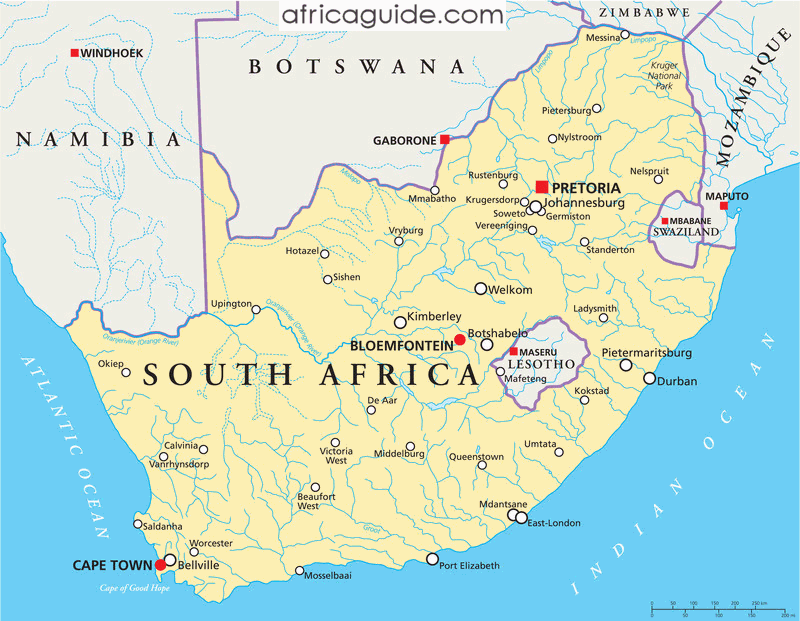Archaeologists in Ethiopia have excavated what they believe is an ancient 12th century city near Harlaa in the east of the country.
Some of the findings at the site include a 12th century mosque, an Islamic cemetery with about 300 corpses, and jewelry from places as far off as India and China, according to the Daily Mail.
University of Exeter researchers say their work, which is a first of its kind, could help shed more light on the origins and spread of Islam in Africa.
For example, archaeologists have observed that the architecture of the mosque has marked similarities to mosques found in southern Tanzania and Somaliland, showing possible connections between different Islamic communities in Africa.
The ancient settlement, which measures about 500m by 1,000m, boasts impressive buildings and walls constructed with huge stone blocks.
Due to the abundance of large stone blocks that could not have been lifted by ordinary human strength, a local legend maintains that the area was previously occupied by a race of giants.

Photo Credit: Daily Mail
“We have obviously disproved that, but I’m not sure they [the locals] fully believe us yet. Some people have said the bodies we have discovered are the children of giants!” lead archaeologist Professor Timothy Insoll says.
Archaeologists say they were convinced that there was rich information about Ethiopia’s history to be found underground in the area as farmers and members of the local community have reported important discoveries, such as ancient pottery and coins, for many years.
Artifacts from the latest finds will be showcased in a heritage center run by the community and is expected to bring income to the area.
“This discovery revolutionizes our understanding of trade in an archaeologically neglected part of Ethiopia. What we have found shows this area was the center of trade in that region,” Professor Timothy adds.
“The city was a rich, cosmopolitan center for jewelry making, and pieces were then taken to be sold around the region and beyond.
“Residents of Harlaa were a mixed community of foreigners and local people who traded with others in the Red Sea, Indian Ocean, and possibly as far away as the Arabian Gulf.”
Researchers say they hope to continue working on other sites in the area.
In addition, the remains of some of the 300 people buried in the cemetery are being analyzed to see what their diet consisted of and whether they really were giants.










